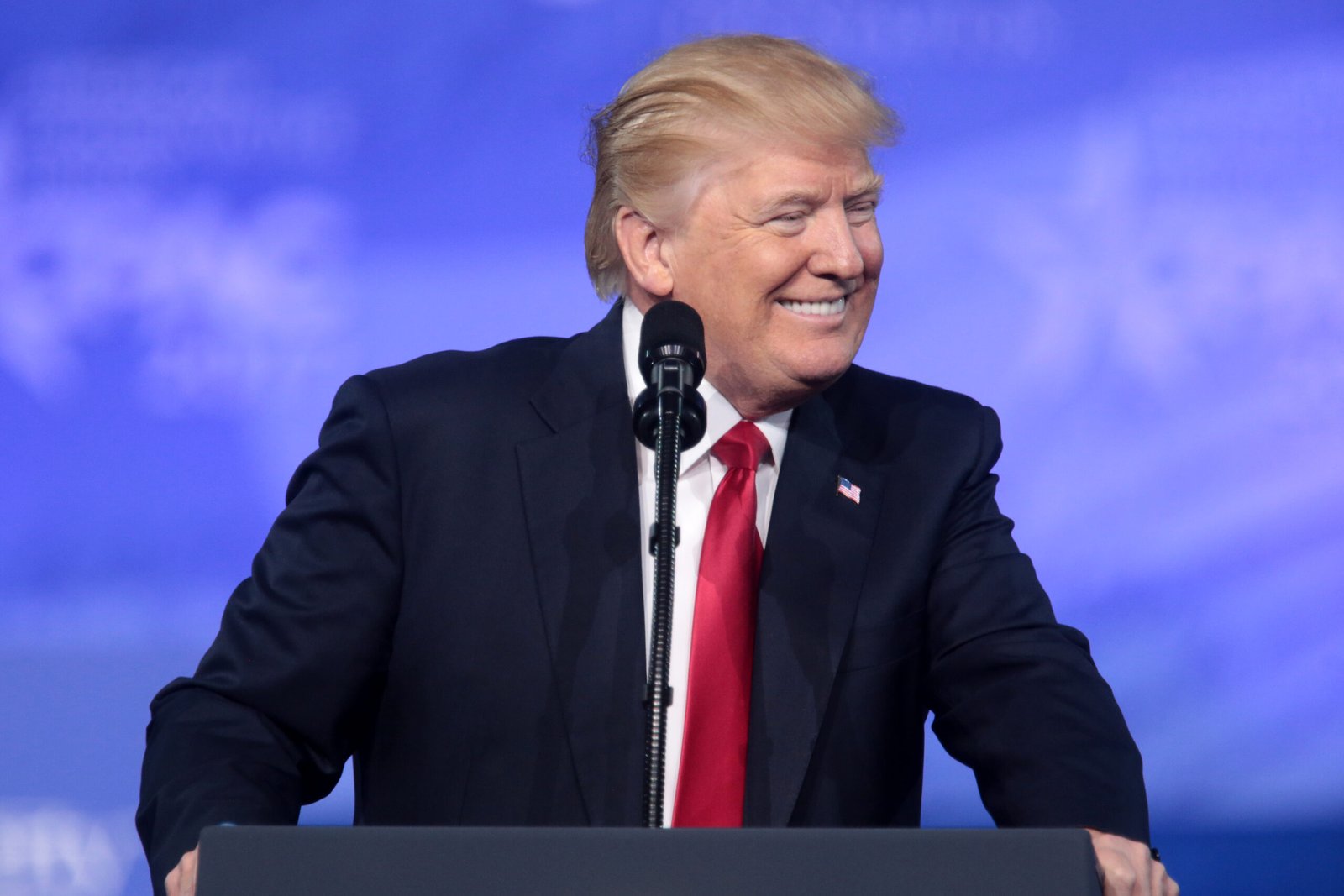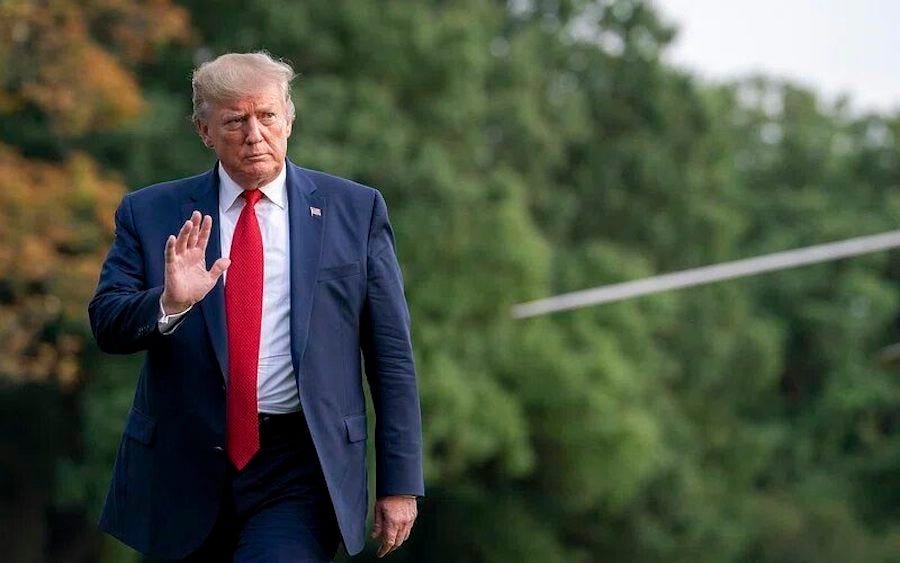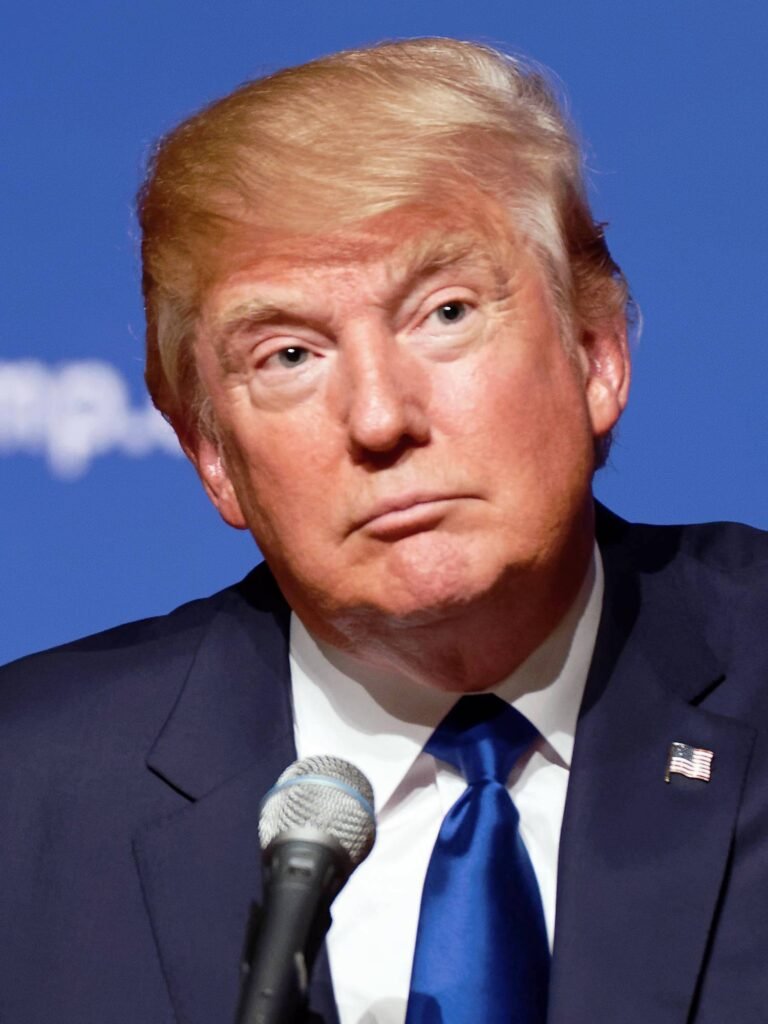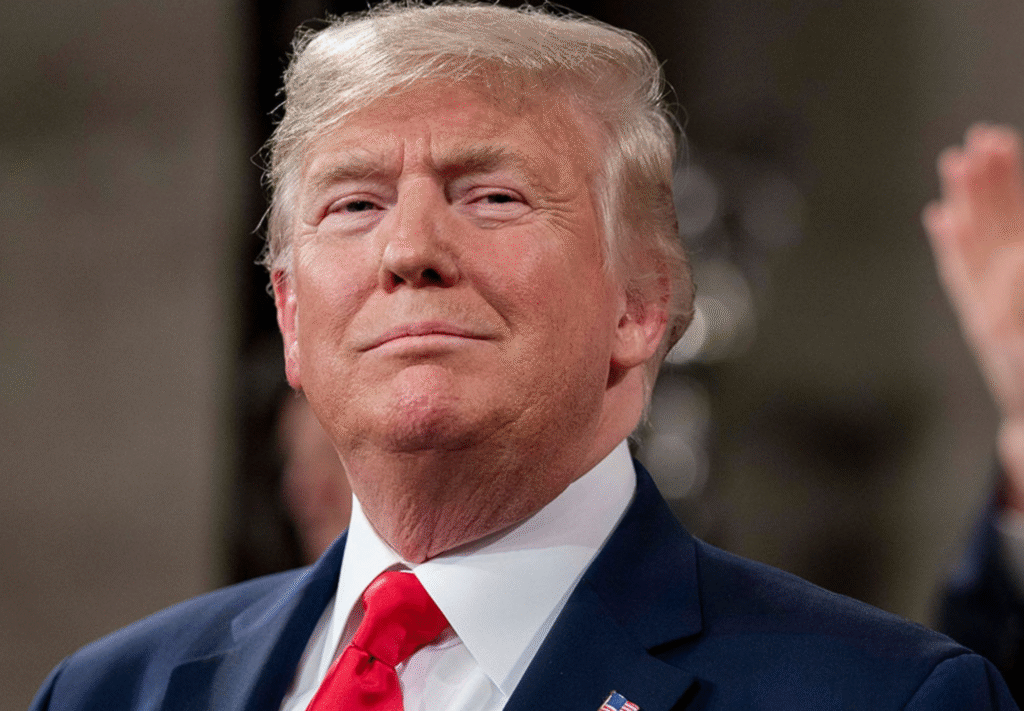Politics
Trump’s $2,000 Tariff Dividend Plan: Who Gets Paid?

President Donald Trump’s latest promise of a $2,000 tariff dividend has captured the nation’s attention, raising questions about who qualifies, where the money comes from, and what’s next for his populist economic agenda.
What Is the $2,000 Tariff Dividend?
Trump announced via Truth Social that a “dividend of at least $2,000 a person (not including high income people!) will be paid to everyone” from tariff revenue collected by the U.S. government. The idea is simple: use funds generated by tariffs on foreign goods to send direct payments to Americans, excluding those deemed “high income”.
Who Gets Paid?
According to Trump, everyone except high-income earners is eligible. Specifics—like what counts as “high income”—haven’t been clarified, and Treasury officials stressed that details have not been finalized. Some analysts predict that eligibility and payment structure would be similar to previous stimulus checks or tax rebates.
Is This Real and When Is It Coming?
At this stage, the $2,000 dividend is a proposal, not law. Congress would likely need to approve such payouts, and legal challenges to the scope of Trump’s tariff powers are ongoing in the Supreme Court. Treasury Secretary Scott Bessent stated that “the $2,000 dividend could come in lots of forms, in lots of ways.” He suggested the benefit may arrive as new tax cuts—such as eliminating taxes on tips and overtime pay—rather than a direct payment.

The Numbers Behind the Promise
Trump claims the government is “taking in trillions of dollars” from tariffs and says the dividend could help pay down the $37+ trillion national debt. However, actual customs duties collected in 2025 totaled $195 billion—far short of these projections. While the Congressional Budget Office predicts tariffs might raise $3.3 trillion over ten years, there are doubts about whether such revenue can cover direct payments at scale, especially as inflation and trade relationships evolve.

Public Reaction and Outlook
The idea of a tariff-funded payout is generating significant interest, especially amid high living costs and economic uncertainty. Many Americans wonder if and when these funds will materialize. For now, Trump’s $2,000 tariff dividend remains a high-profile campaign promise rooted in broader debates about trade, stimulus, and economic justice.
As legal, political, and fiscal questions swirl, Americans are left waiting to see if “Trump’s $2,000 Tariff Dividend Plan” will move from headline to reality.
News
US May Completely Cut Income Tax Due to Tariff Revenue

President Donald Trump says the United States might one day get rid of federal income tax because of money the government collects from tariffs on imported goods. Tariffs are extra taxes the U.S. puts on products that come from other countries.

What Trump Is Saying
Trump has said that tariff money could become so large that it might allow the government to cut income taxes “almost completely.” He has also talked about possibly phasing out income tax over the next few years if tariff money keeps going up.
How Taxes Work Now
Right now, the federal government gets much more money from income taxes than from tariffs. Income taxes bring in trillions of dollars each year, while tariffs bring in only a small part of that total. Because of this gap, experts say tariffs would need to grow by many times to replace income tax money.
Questions From Experts
Many economists and tax experts doubt that tariffs alone could pay for the whole federal budget. They warn that very high tariffs could make many imported goods more expensive for shoppers in the United States. This could hit lower- and middle‑income families hardest, because they spend a big share of their money on everyday items.
What Congress Must Do
The president can change some tariffs, but only Congress can change or end the federal income tax. That means any real plan to remove income tax would need new laws passed by both the House of Representatives and the Senate. So far, there is no detailed law or full budget plan on this idea.

What It Means Right Now
For now, Trump’s comments are a proposal, not a change in the law. People and businesses still have to pay federal income tax under the current rules. The debate over using tariffs instead of income taxes is likely to continue among lawmakers, experts, and voters.
News
Candace Owens Says Macrons Funded Plot to Kill Her

Conservative commentator Candace Owens has made explosive allegations that French President Emmanuel Macron and First Lady Brigitte Macron orchestrated and financed a plot to assassinate her. Owens alleges that she was alerted by a high-ranking source within the French government who revealed that the assassination was to be carried out by an elite French police unit, the National Gendarmerie Intervention Group (GIGN), along with the involvement of at least one Israeli operative. According to Owens, this “joint state operation” was motivated by her outspoken coverage and conspiratorial claims about Brigitte Macron, including controversial statements questioning the First Lady’s gender identity.
Owens further claims the payments for the assassination were funneled through a secret French elite club called Club des Cent, suggesting a sophisticated and well-financed scheme. She also links this alleged plot to the assassination of her late friend Charlie Kirk in 2025, suggesting that his killer received training from France’s 13th Foreign Legion Brigade and that these events are part of a larger multi-state conspiracy.

Despite these serious accusations, Owens has not publicly shared concrete evidence, and French, Israeli, and American authorities have not confirmed any part of the story. The Macron family has previously filed defamation lawsuits against Owens over her unfounded assertions about them, highlighting a tense and ongoing feud.
Owens has vowed to provide further details, including identities and financial proof, if given the opportunity, and has called on the public and patriotic investigators to examine the matter closely. While her claims have stirred widespread attention and heated debate across social media and conservative circles, they currently remain unsubstantiated allegations amid a highly charged political and media environment.
This controversy adds a new and dramatic layer to Owens’ volatile relationship with the Macrons, marking perhaps the most sensational claim so far in her ongoing public disputes with the French presidential couple.
News
Fugees Rapper Pras Michel Sentenced to 14 Years in Campaign Scandal

Pras Michel, Grammy-winning rapper and founding member of the iconic group the Fugees, has been sentenced to 14 years in federal prison for his role in a sprawling illegal campaign finance and foreign influence scheme. The sentencing was handed down on November 20, 2025, by U.S. District Judge Colleen Kollar-Kotelly in Washington, D.C., following Michel’s conviction in April 2023 on charges including conspiracy, money laundering, acting as an unregistered foreign agent, and witness tampering.
At the heart of the scandal was Michel’s involvement in funneling over $120 million from fugitive Malaysian financier Low Taek Jho—known as Jho Low—into the 2012 reelection campaign of former President Barack Obama. Prosecutors detailed how Michel helped hide the origin of foreign donations through shell companies and straw donors, violating U.S. campaign finance laws that prohibit foreign contributions. Beyond the Obama campaign, Michel also engaged in illegal lobbying efforts during the Trump administration to obstruct investigations into Low’s role in the notorious 1MDB scandal, a massive Malaysian sovereign wealth fund corruption case.
Prosecutors described Michel as having “betrayed his country for financial gain,” persistently lying and manipulating government entities over nearly a decade. They advocated for a life sentence, emphasizing the severity of his offenses and the threat posed to U.S. national security. Testimonies during the high-profile trial included notable figures such as Hollywood actor Leonardo DiCaprio and former U.S. Attorney General Jeff Sessions.
Michel’s defense team condemned the harsh sentence as “entirely disproportionate,” arguing that similar cases resulted in lighter penalties, and pointed out that Michel received no espionage charges—a key consideration in foreign agent prosecutions. They announced plans to appeal the verdict and sentence. Following the prison term, Michel faces three years of supervised release and forfeiture of more than $64 million tied to the illegal campaign finance activity.
Michel, who shot to fame in the 1990s as part of the Fugees alongside Lauryn Hill and Wyclef Jean, now confronts a dramatic fall from grace that underscores the extensive consequences of illicit foreign influence in American politics. Despite this setback, his representatives remain grateful for the support received, stating that this chapter does not mark the end of his journey.
This landmark case serves as a stark reminder of the importance of safeguarding U.S. elections from covert foreign interference and the serious repercussions for those who betray democratic principles for financial gain.bbc+4
- https://www.bbc.com/news/articles/cg7n7l70vzgo
- https://www.aljazeera.com/news/2025/11/21/fugees-rapper-sentenced-to-14-years-in-prison-over-illegal-obama-donations
- https://www.wsj.com/us-news/fugees-member-sentenced-to-14-years-for-campaign-donation-scheme-7bbb7850
- https://www.youtube.com/watch?v=ow4bcn8mkIM
- https://www.lemonde.fr/en/international/article/2025/11/21/fugees-rapper-pras-michel-sentenced-to-14-years-in-prison-in-us-campaign-financing-scandal_6747698_4.html
- https://www.politico.com/newsletters/politico-influence/2025/11/20/fugees-star-sentenced-to-14-years-in-fara-case-00664124
- https://www.justice.gov/archives/opa/pr/us-entertainer-convicted-engaging-foreign-influence-campaign
- https://apnews.com/article/852e3aa86a604597b99c5e81179a7b6b
- https://www.reddit.com/r/hiphopheads/comments/11g6you/the_fugee_the_fugitive_and_the_fbi_how_rapper/

 Entertainment7 days ago
Entertainment7 days agoWicked Sequel Disappoints Fans: Audience Verdict on For Good

 Entertainment3 weeks ago
Entertainment3 weeks agoAfter Party: Festival Winner for Best Romantic Short

 News3 weeks ago
News3 weeks agoCamp Wackapoo – Rise of Glog Takes Center Stage

 News2 weeks ago
News2 weeks agoYolanda Adams Questions Traditional Views on God’s Gender, Audience Reacts

 Entertainment3 weeks ago
Entertainment3 weeks agoFrancisco Ramos Takes Top Mockumentary Award at Houston Comedy Film Festival

 Politics4 weeks ago
Politics4 weeks agoMamdani’s Victory Triggers Nationwide Concern Over New York’s Future

 News2 weeks ago
News2 weeks agoEpstein Files to Be Declassified After Trump Order

 Film Production4 weeks ago
Film Production4 weeks agoWhy China’s 2-Minute Micro Dramas Are Poised To Take Over The U.S.


































